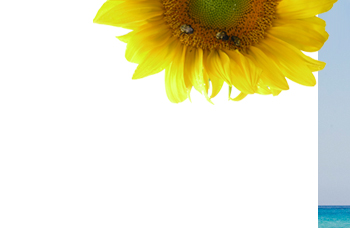Research paper by Sharon L. Kolasinski, Marian Garfinkel, Adam Gilden Tsai, Whitney Matz, Alison Van Dyke, H. Ralph Schumacher, Jr. The Journal of Alternative and Complementary Medicine. 2005:11(4):689-693.
This 8-week pilot study was designed to assess the feasibility and safety of using Iyengar yoga to treat symptoms of osteoarthritis (OA) of the knees. In the introduction to their research paper, the investigators noted that practice guidelines for the medical management of OA recognize that “exercise, including both aerobic and strengthening, as well as range of motion, are essential elements of any treatment program for OA of the knees.” For their study, they hypothesized that yoga—which, they noted, “improves both flexibility and strength”—may be an effective addition to a comprehensive treatment for knee OA.
The Iyengar style of yoga was chosen for the study because of its emphasis on “strength, flexibility, and relaxation, with particular attention to alignment of body structures,” the researchers explained.
The participants in this study were ≥50 years of age and had symptomatic OA in at least one knee 6 months prior to study entry. They had no prior experience with yoga, and they did not participate in any physical therapy or exercise program during the trial. No change in arthritis medication was permitted during the study.
For their study, [the authors] hypothesized that yoga—which, they noted, “improves both flexibility and strength”—may be an effective addition to a comprehensive treatment for knee OA.
Eleven participants were enrolled. Each week, they received one Iyengar-based yoga intervention ranging from 60 to 90 minutes long. (Participants were required to attend a minimum of five sessions to be included in the final study analysis.)
Sessions were taught by a certified senior Iyengar instructor and included 15 postures selected from B.K.S. Iyengar’s Light on Yoga, including variations of Tadasana (mountain pose), Utthita Trikonasana (triangle pose), Virabhadrasana (warrior pose), Dandasana (staff pose), Supta Padangusthasana (reclining big toe pose), Ardha Uttanasana (flat back pose), Prasarita Padottanasana (wide-legged forward bend), Baddha Konasana (bound angle pose), Virasana (hero’s pose), and Savasana (deep relaxation).
“Iyengar yoga allows for individual variation in the ability of participants and specifically includes the use of assistive devices such as blocks, belts, and blankets to support parts of the body while performing the asanas,” the researchers wrote. They added that “participants were encouraged to stretch as fully as possible while not exceeding the limits of their comfort . . .”
Of the original 11 participants, 7 were eligible for analysis at the end of the study. They were female and ranged in age from 50 to 68 years. (Six were obese.) No adverse events were reported. Comparison of pre- and post-study data revealed the following encouraging findings:
- Statistically significant improvement in pain and physical function, as measured by the Western Ontario and McMaster Universities Osteoarthritis Index (WOMAC) Pain and Physical Function subscales
- Improvement (although not statistically significant) in stiffness score, also measured with WOMAC
- Statistically significant improvement in “affect”— ie, depression and anxiety—as measured by the Arthritis Impact Measurement Scale 2 (AIMS2), a health-related quality-of-life measurement tool filled out by patients
- A large, but not significant, improvement in symptoms, as measured by AIMS2
- Improvement trends in physician-reported and patient-reported global assessments (Global assessments are commonly use scales that allow physicians and patients to measure study variables, such as change in disease symptoms.)
“This pilot study suggested that yoga may provide a feasible treatment option for previously yoga-naive, obese patients >50 years of age and offers potential reductions in pain and disability caused by knee OA,” the investigators concluded.
Summary by YogaBright.com




